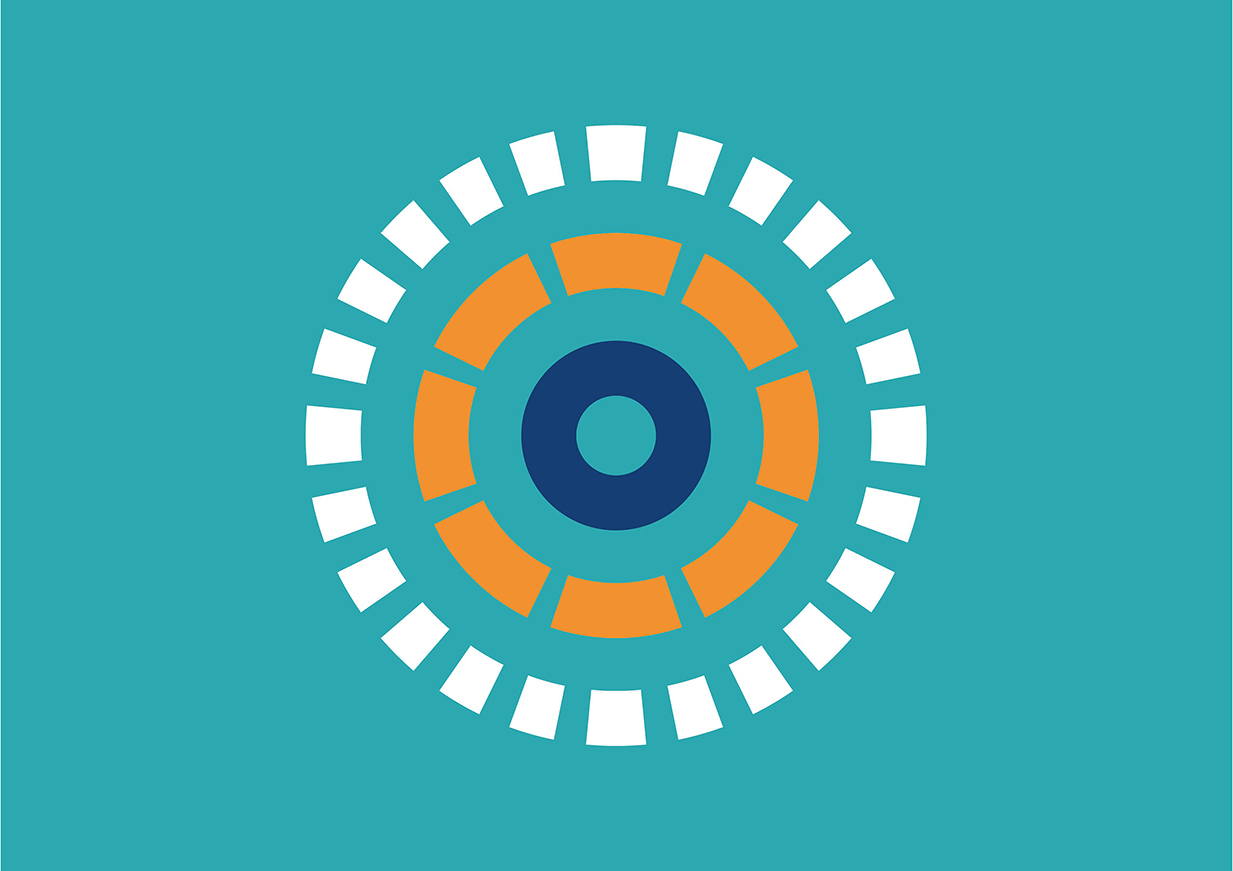Histamine dihydrochloride, in combination with low dose interleukin-2 (IL-2), is indicated for the maintenance of first complete remission in patients with acute myeloid leukaemia (AML). AML is a rare and aggressive cancer of the blood and bone marrow. AML first develops in the bone marrow, where leukaemia cells accumulate and ultimately block the way for healthy blood cells to develop. They can also spill out into the bloodstream and circulate around the body. Due to their immaturity they are unable to function properly to prevent or fight infection. Most patients with AML are treated with standard chemotherapy. A period without symptoms of the disease after treatment is known as ‘remission’.
Histamine dihydrochloride is an immunostimulant. This means that it changes the activity of the immune system (the body’s natural defences). Histamine is a substance occurring naturally in the body that is involved in many processes. In the treatment of AML, it is thought to work by protecting immune system cells from damage. This improves the effectiveness of IL-2, a medicine that stimulates the immune system to attack cancerous cells. When histamine dihydrochloride is given with IL-2, it helps the immune system to kill the leukaemia cells that may remain in the body during remission. This may increase the likelihood for patients to remain in long-term remission.
Histamine dihydrochloride (Ceplene) in combination with low dose interleukin-2 as maintenance treatment for acute myeloid leukaemia

Indications:
Acute myeloid leukaemia (AML)
Therapeutic Areas:
Haematological Cancer and Lymphomas
Year:
2019